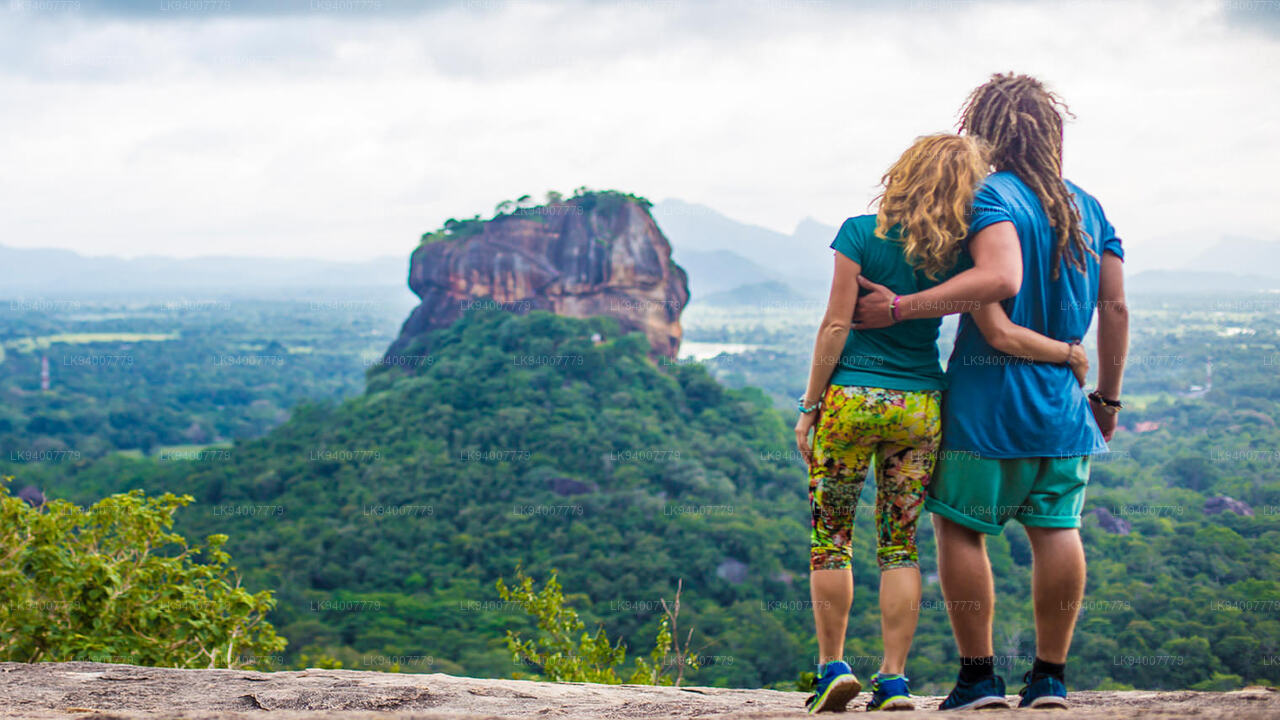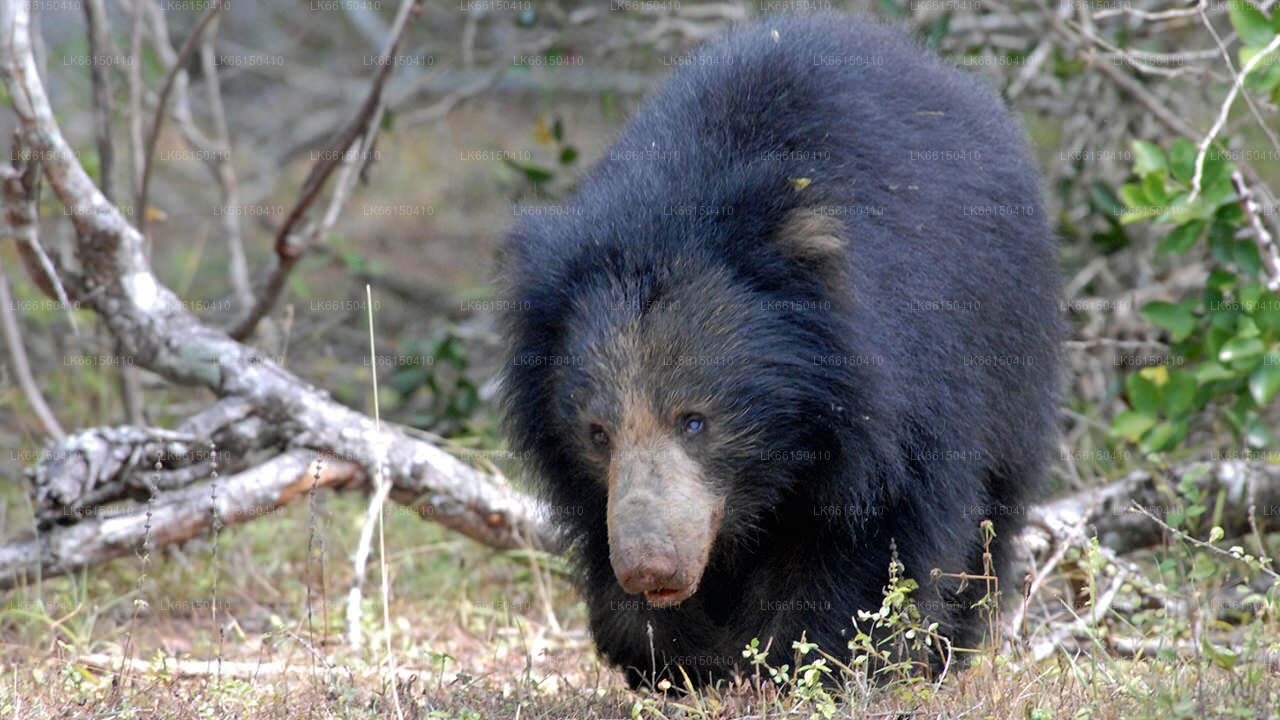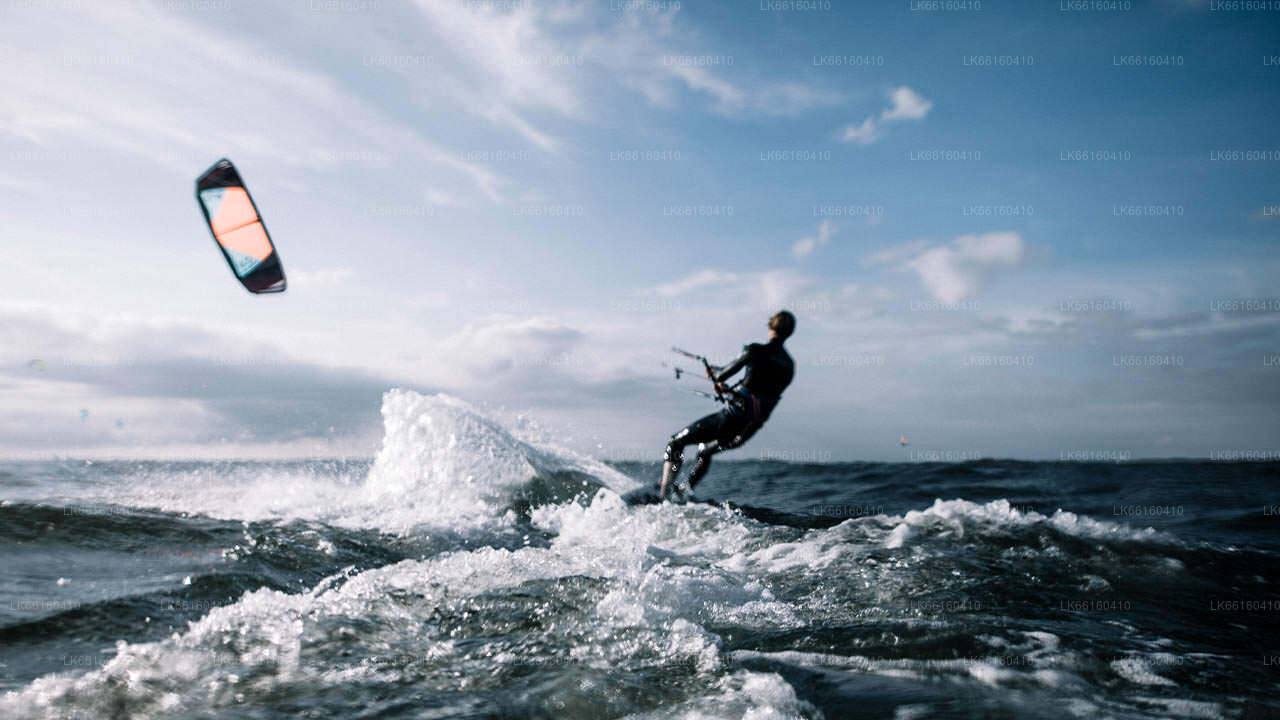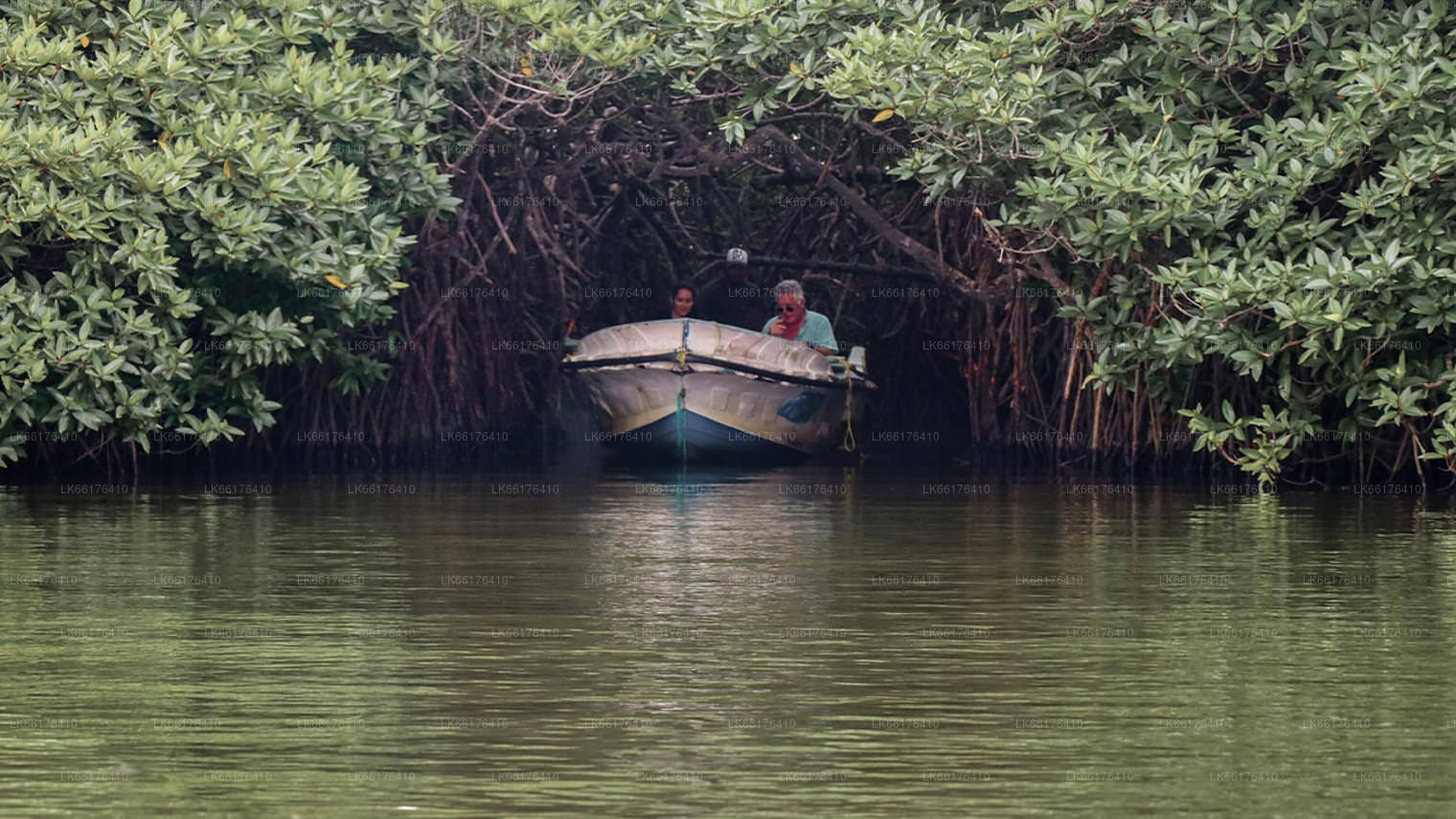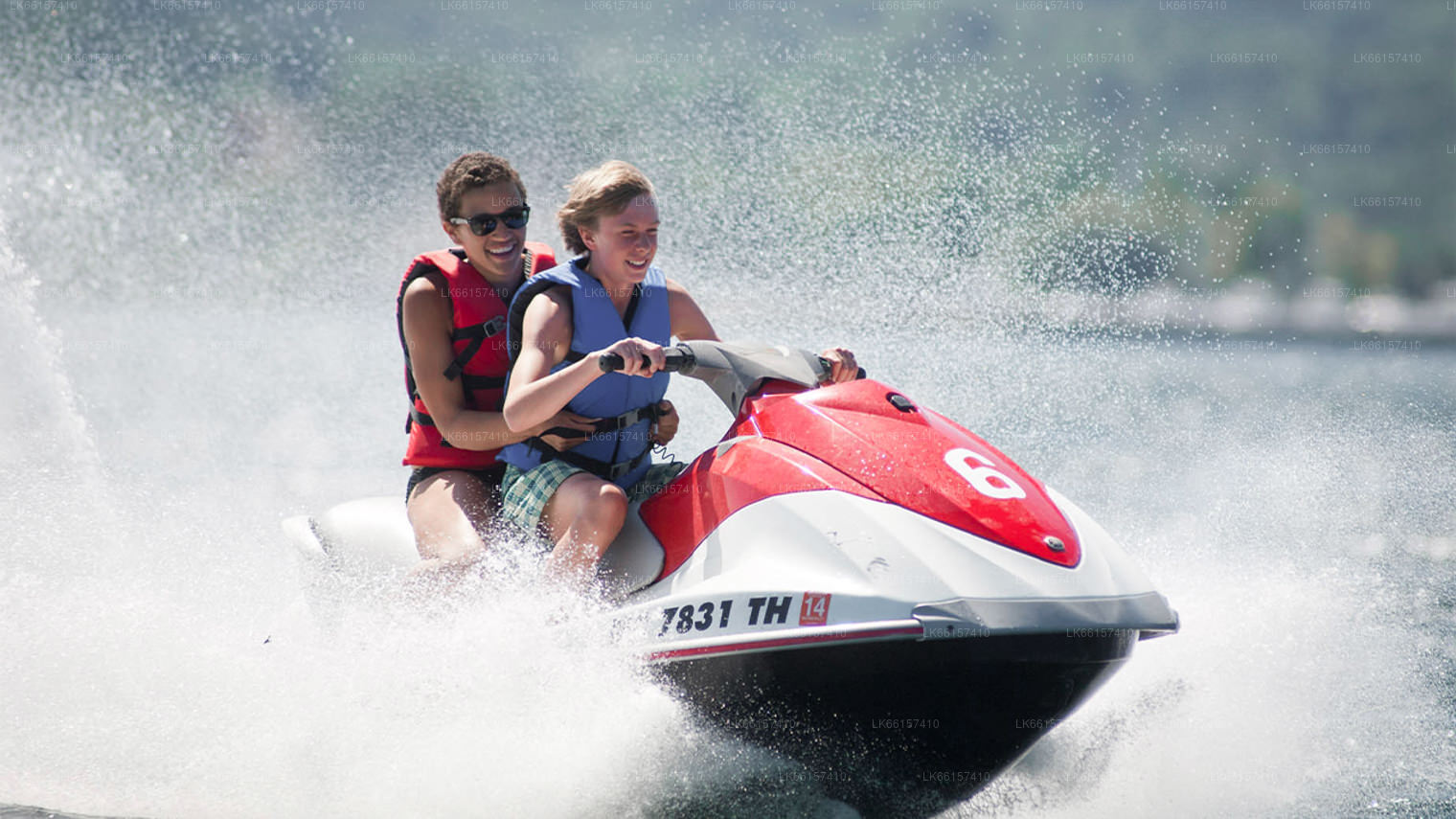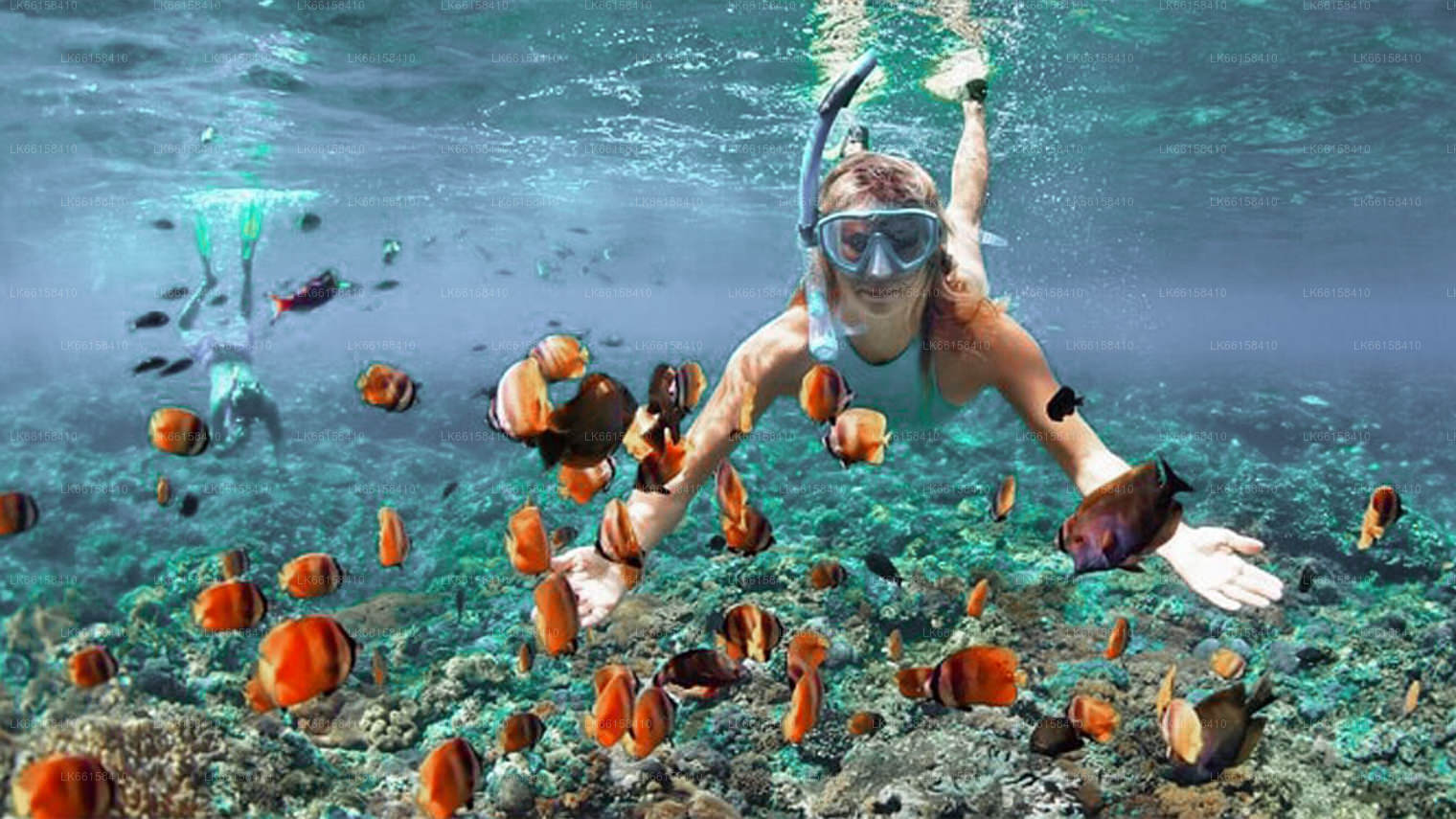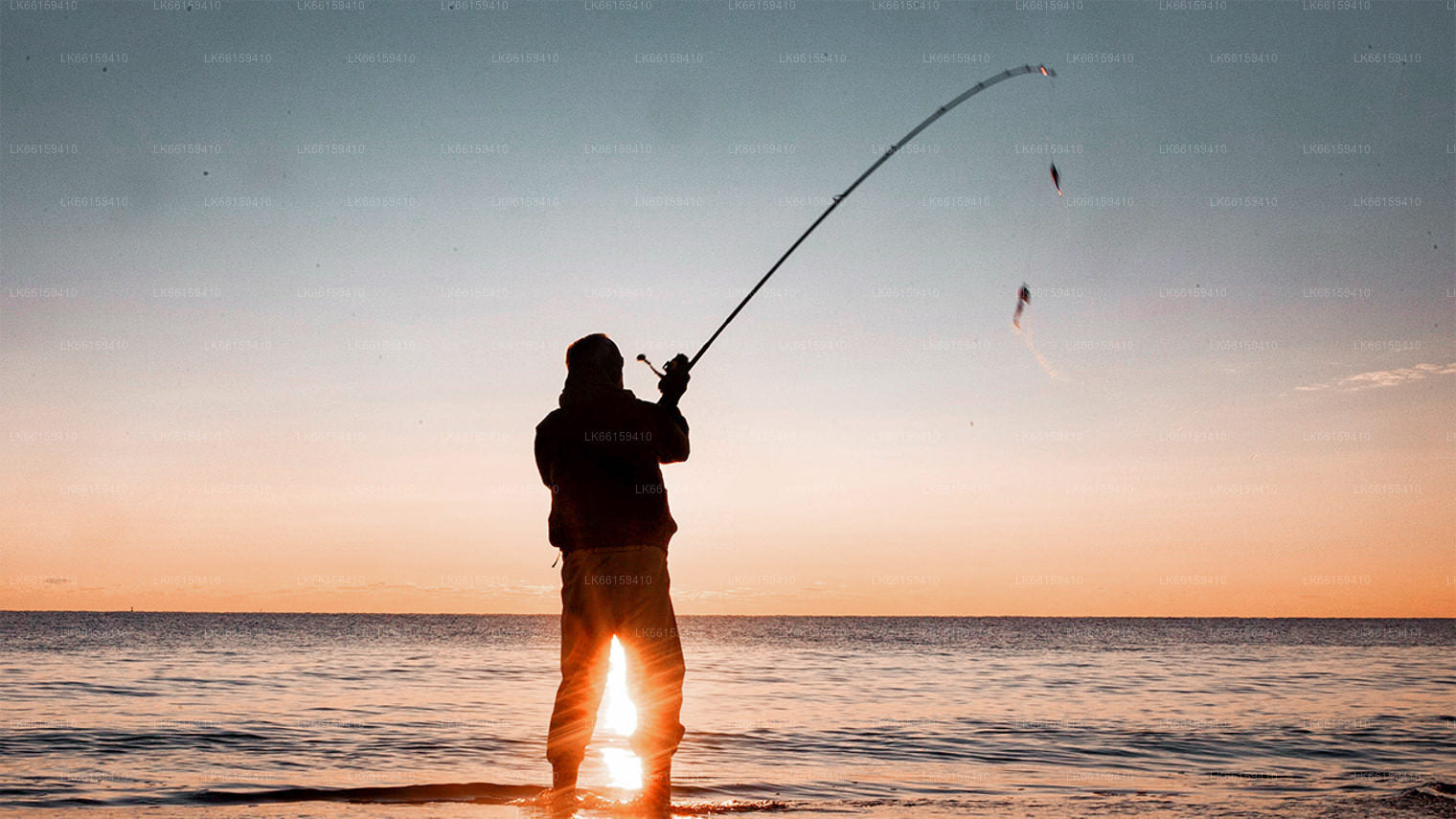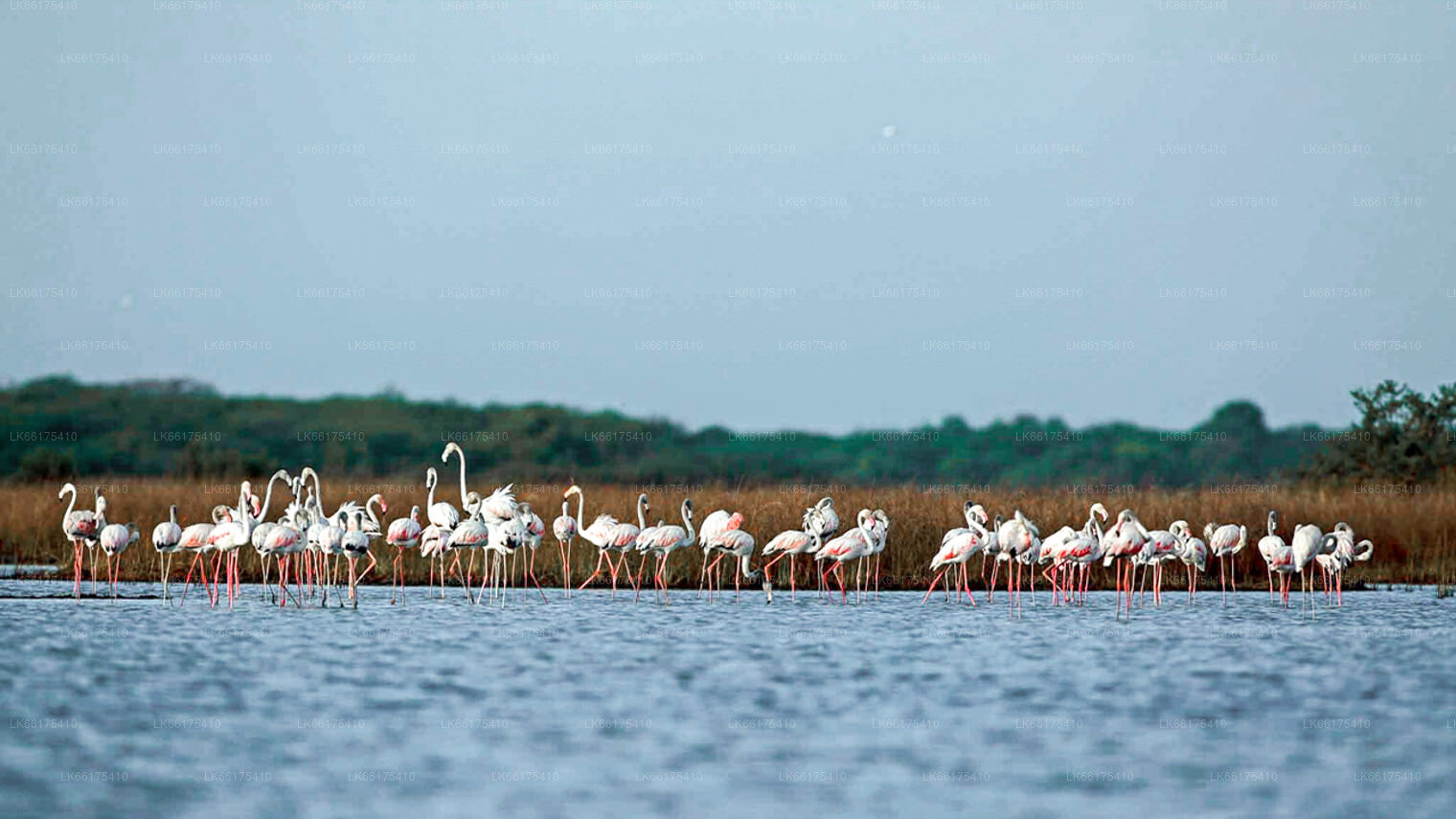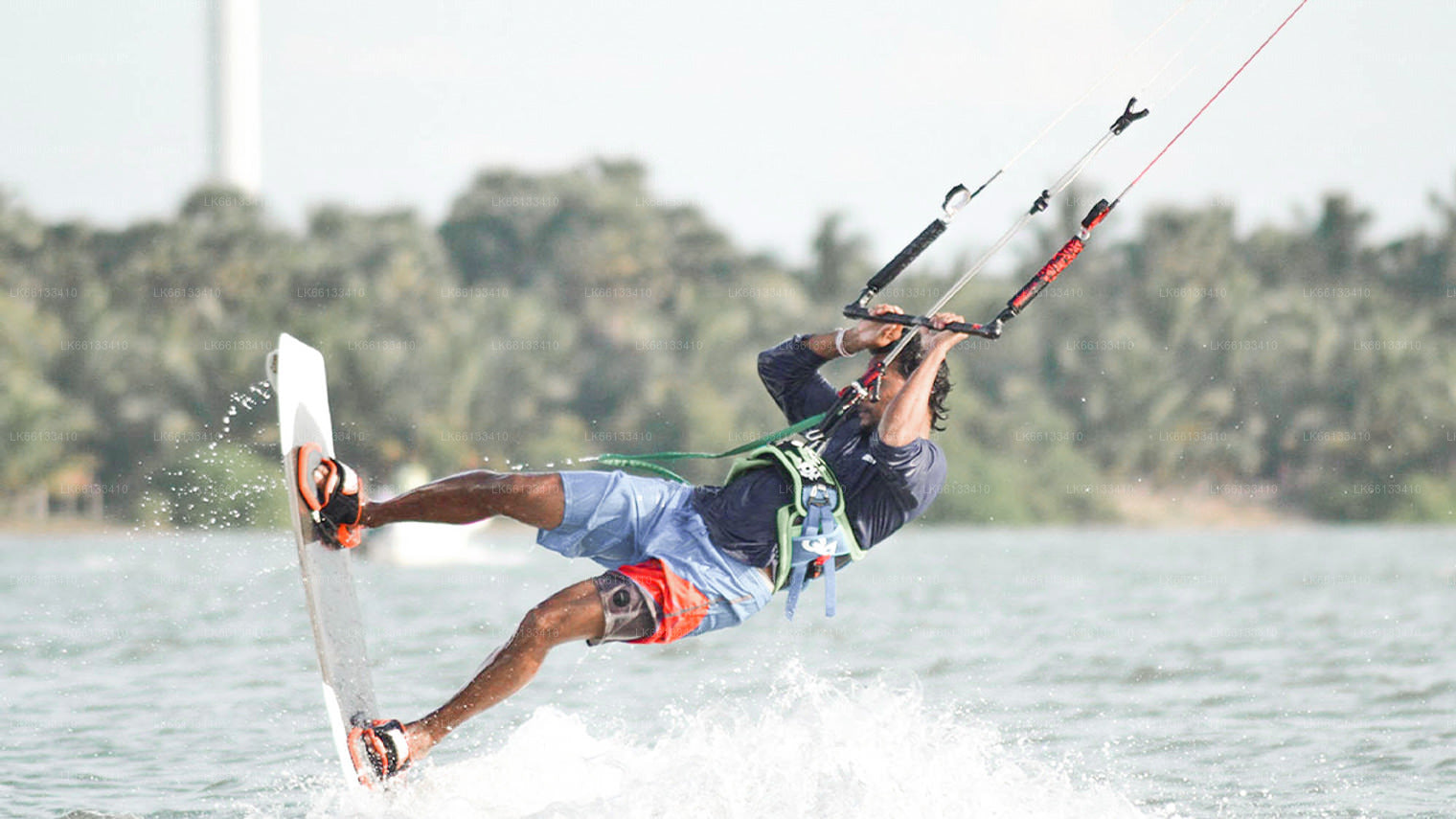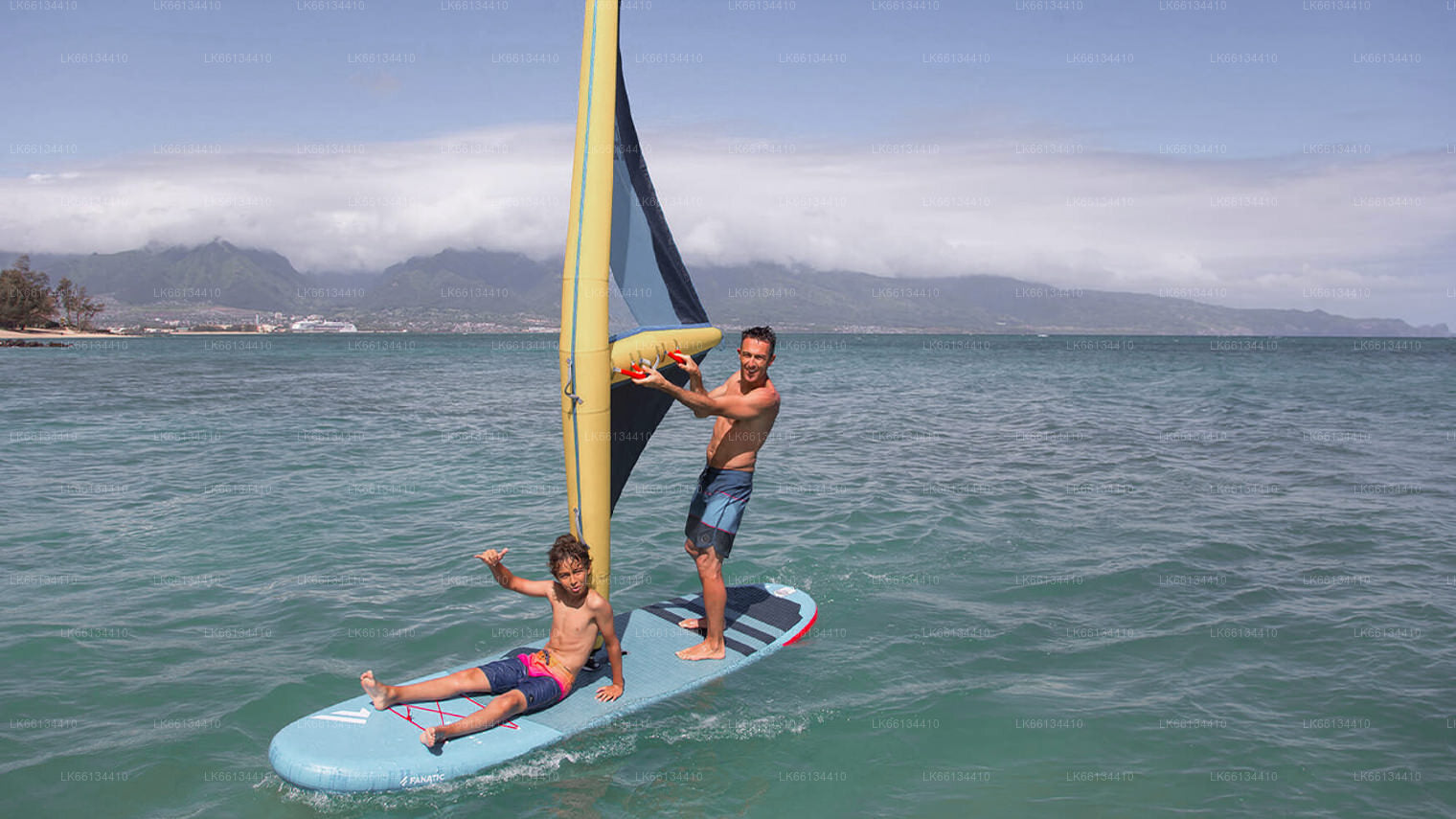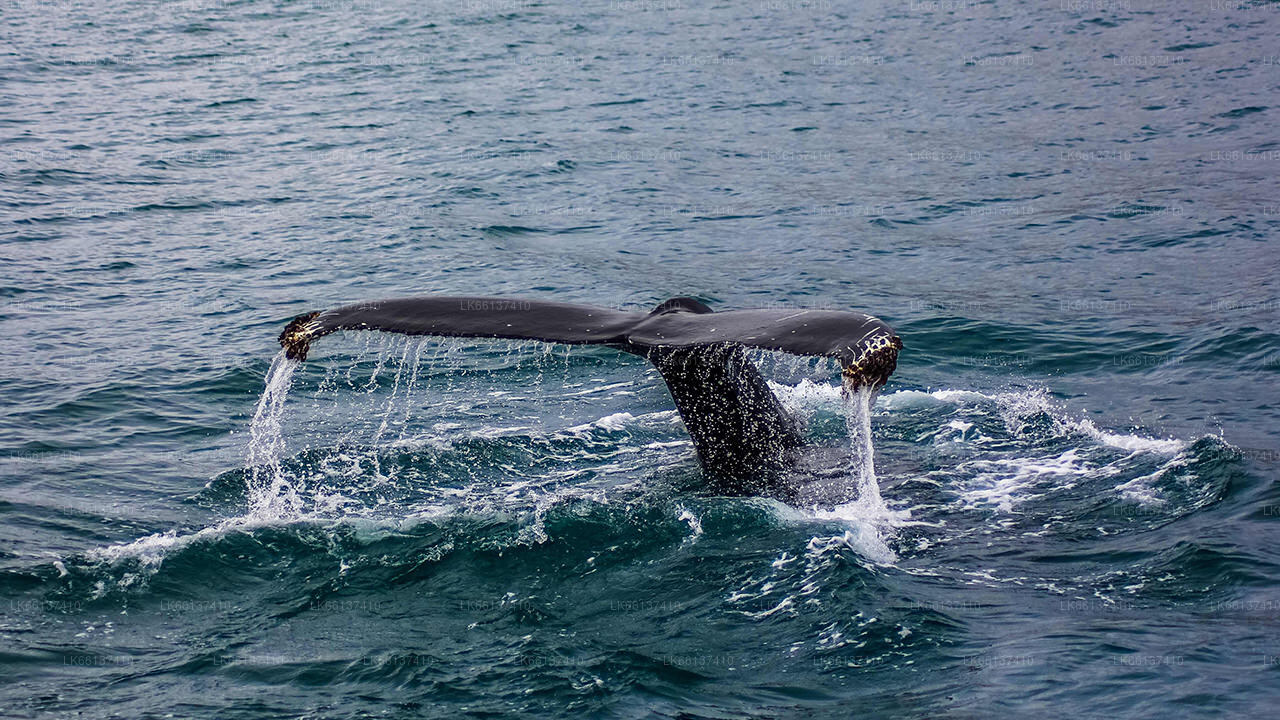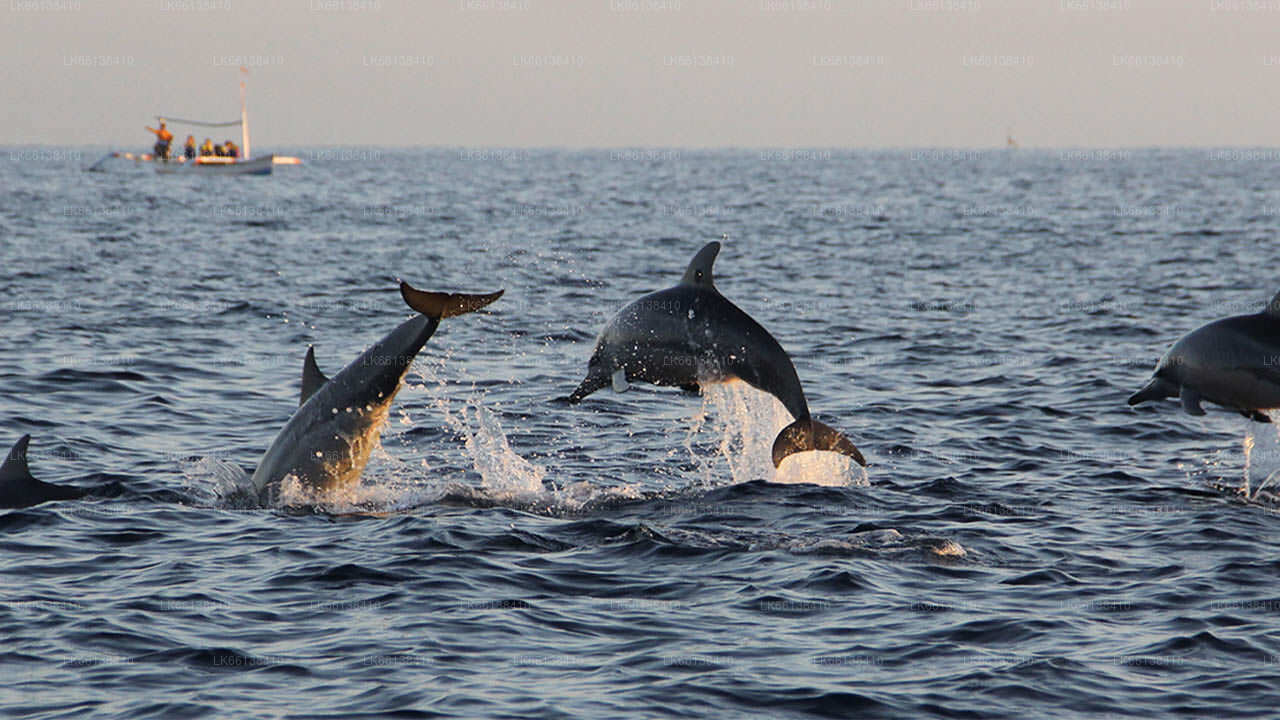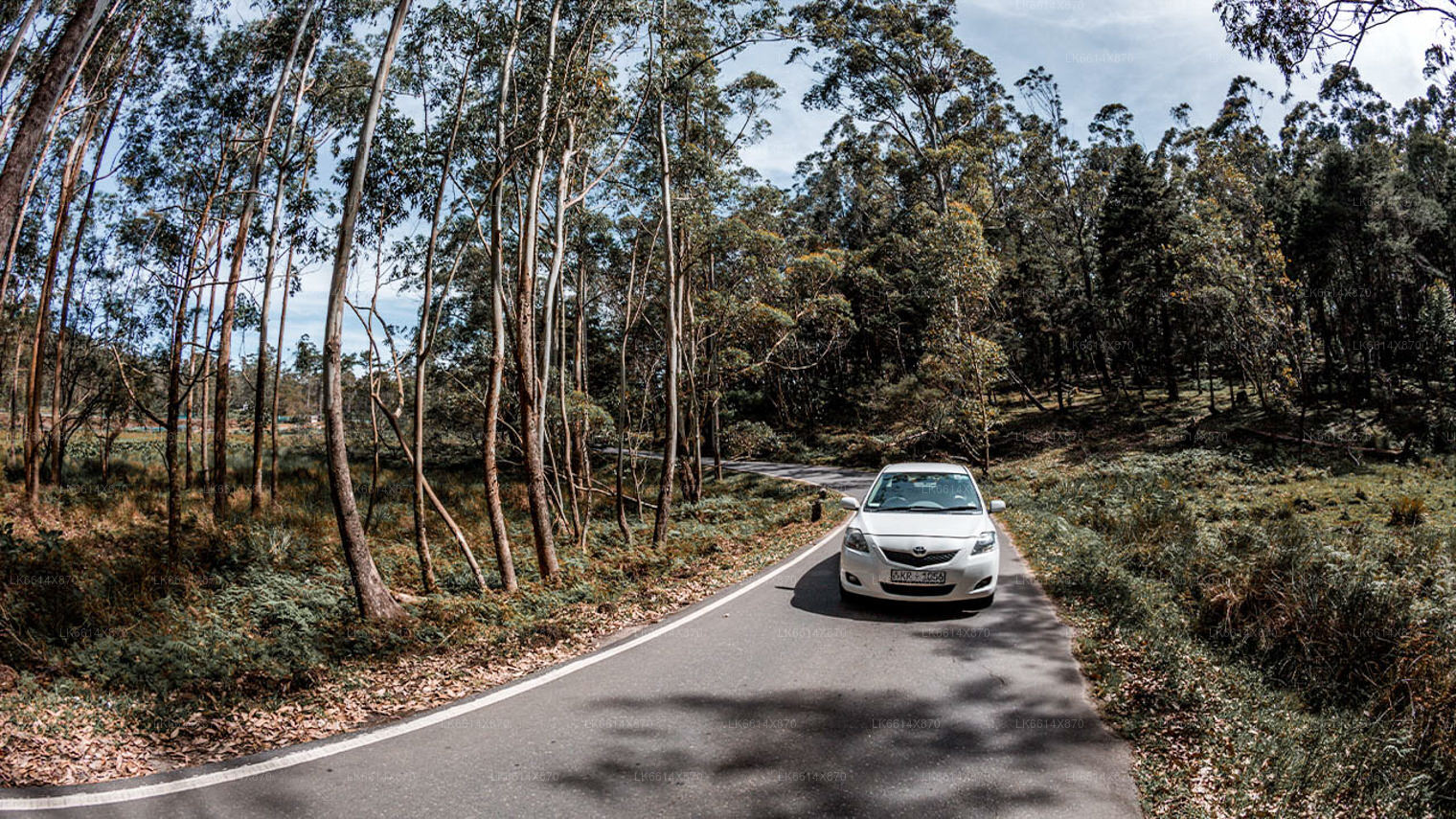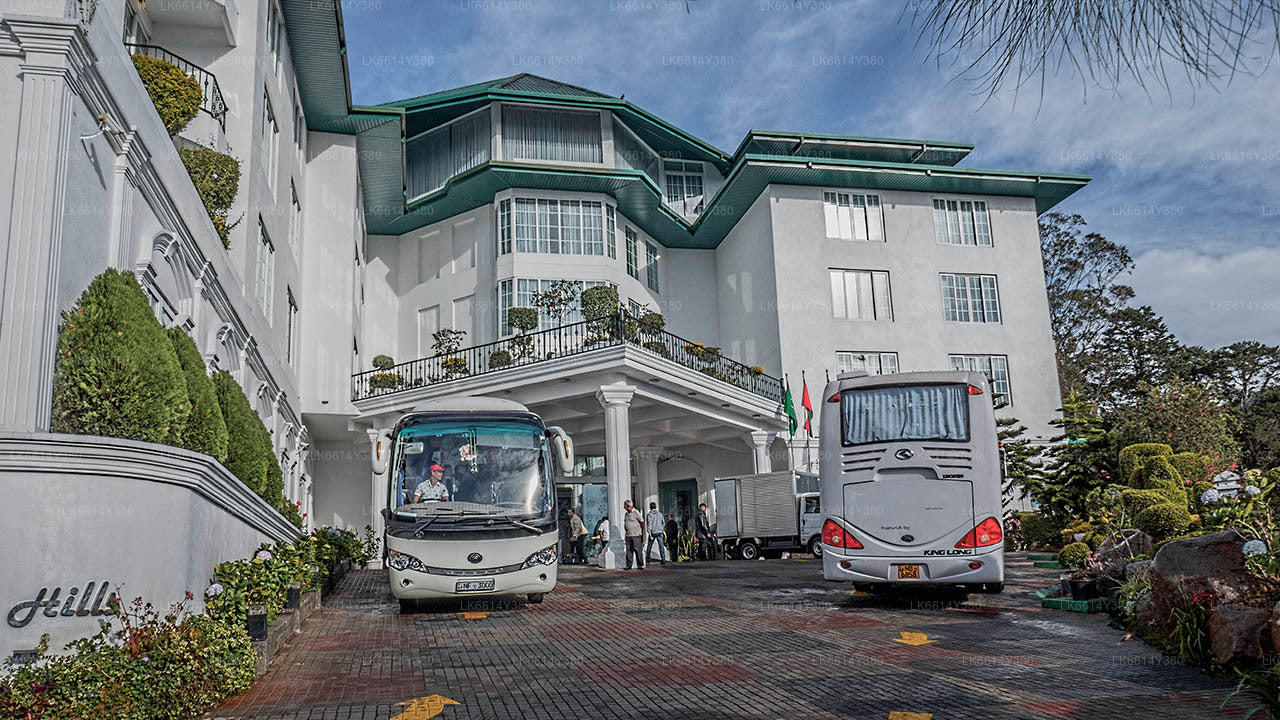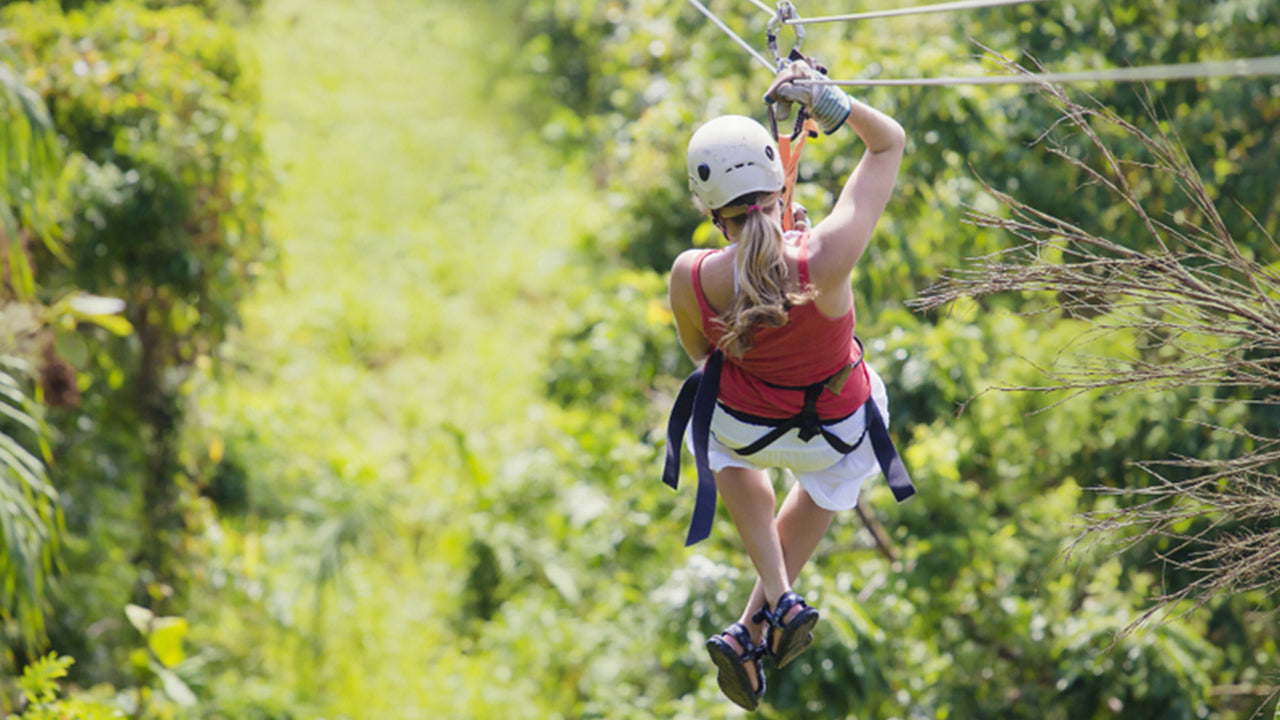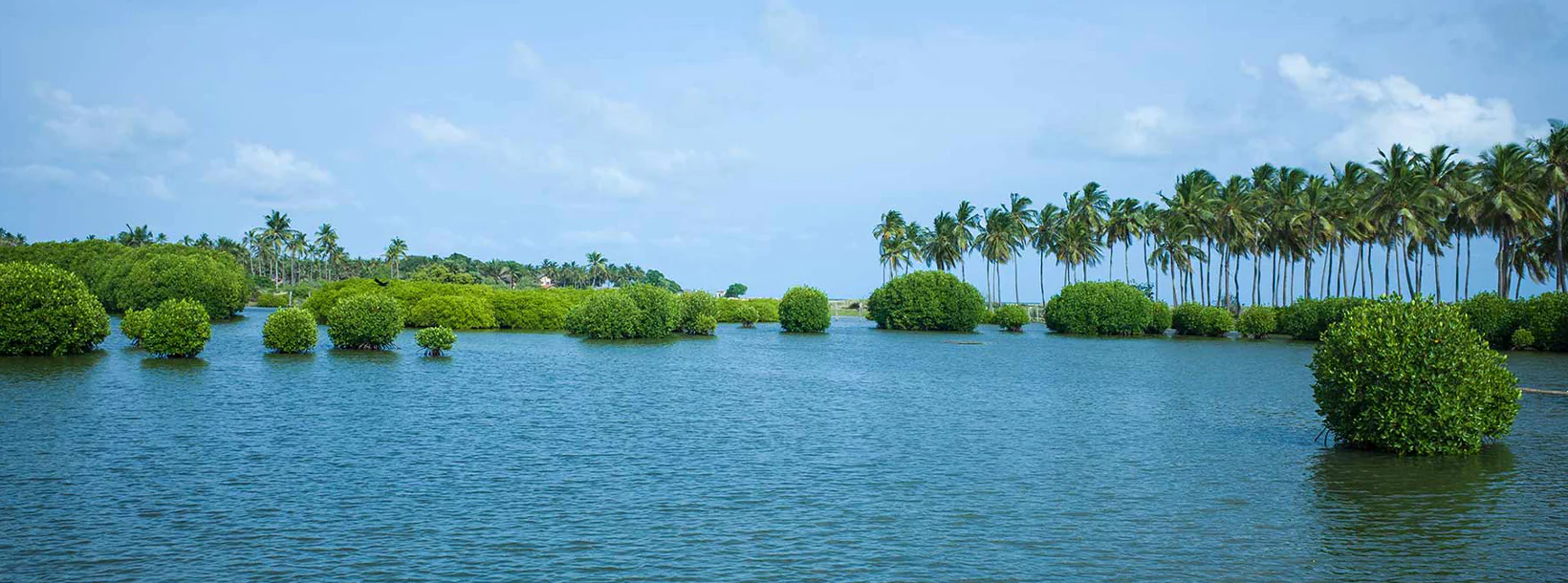
Kalpitiya City
Kalpitiya is a picturesque peninsula on the northwest coast of Sri Lanka, renowned for its stunning beaches and water-based activities. It's a popular destination for kitesurfing, dolphin watching, and exploring the diverse marine ecosystem, including the Bar Reef Marine Sanctuary.
Kalpitiya City
Kalpitiya village: Kalpitiya village is located in the north of Kalpitiya peninsula in the North Western coast of Sri Lanka.
Setting: Kalpitiya peninsula with Indian Ocean to the west and extensive Puttalama lagoon to the east is the best location in Sri Lanka to view dolphins.
Kalpitiya peninsula: Kalpitiya peninsula with Indian Ocean to the west and extensive Puttalama lagoon to the east is the best location in Sri Lanka to view dolphins.
Bio-diversity at Kalpitiya peninsula: Kalpitiya peninsula is rich with biodiversity: a Bar Reef Marine Sanctuary, lagoons, virgin forests, fauna & flora, mangroves, exotic bird life, sea turtles, dolphins and whales.
The Kalpitiya Integrated Development Project: The Kalpitiya Integrated Development Project (KITDP) in its blue prints of grand design has earmarked fourteen unspoilt islands out of the numerous small islands to be developed as resorts to generate environment friendly sustainable tourism.
Excursions from Kalpitiya: Across the Dutch bay of Kalpitiya lagoon in the mainland is Willpattu National Park, the largest wild life sanctuary of Sri Lanka.
Kalpitiya is also featured on TripAdvisor, Viator and GetYourGuideAbout Puttalam District
Puttalam is a town in Puttalam District,Sri Lanka. Situated at the apex of the Coconut triangle, Puttalam is the second largest Coconut producer of the country. And Tabbowa, a fertile land for agriculture records highest paddy production per acre.Puttalam is the main salt producer of the country. Holland fort at Kalpitiya, St. Anne's Church in Thalawila,Munneshwaram Kovil in Chilaw and Mohideen Jumma Mosque (known as Grand Mosque) in Puttalam underline the historical importance of this region.
About North Western Province
North Western Province is a province of Sri Lanka. The districts of Kurunegala and Puttalam formulate North Western or Wayamba. Its capital is Kurunegala, which has a population of 28,571. The province is known mainly for its numerous coconut plantations. Other main towns in this province are Chilaw (24,712) and Puttalam (45,661), which are both small fishing towns. The majority of the population of Wayamba province is of Sinhalese ethnicity. There is also a substantial Sri Lankan Moor minority around Puttalam and Sri Lankan Tamils in Udappu and Munneswaram. Fishing, prawn farming and rubber tree plantations are other prominent industries of the region. The province has an area of 7,888 km² and a population of 2,184,136 (2005 calculation).
Wayamba is the third largest paddy producing area in Sri Lanka .Wayamba has a highly developed agricultural economy, growing a variety of fruits and vegetables, flowering plants, spices, oil-seeds in addition to the traditional plantation crops such as Coconut, Rubber and Rice. Rich soils and varied climate give Wayamba a potential for growing of virtually any crop.
In Wayamba or North Western province, home for ancient Buddhist rock temples, magnificent citadels Panduwasnuwara, Dambadeniya, Yapahuwa and Kurunegala. Impressive remains of those citadels, palaces, Buddhist temples and monasteries provide exciting sight seeing to the visitors.

